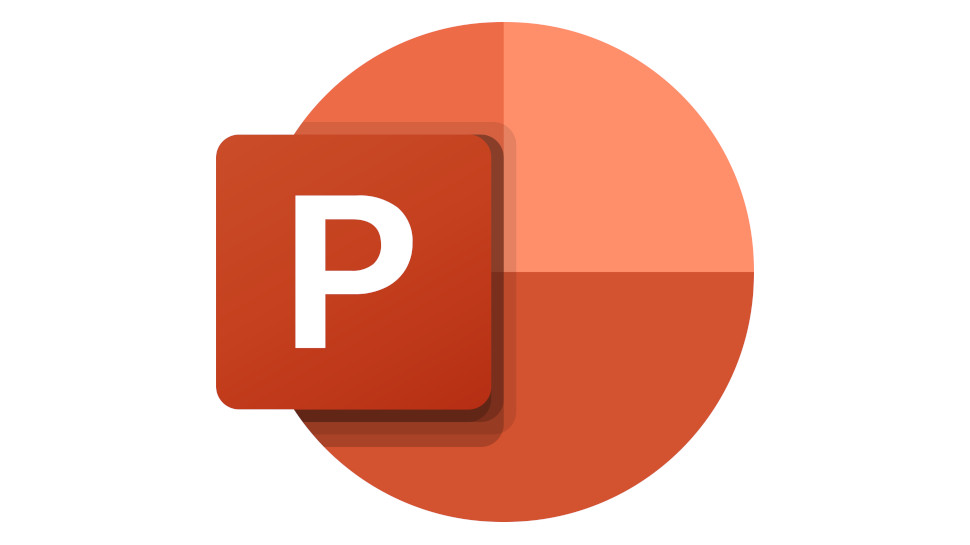
29 million over 16s in the UK have, at some stage, created a presentation. Whether it was on the topic of class divides in George Orwell’s Animal Farm that they read at school, a complex client pitch at a leading law firm or anything in between. This accounts for more than half of the UK population. So it’s no surprise that there’s high demand for good quality presentation software and training.
And the most popular presentation tool of all is… you guessed it - PowerPoint. Acuity Training’s recent survey found that 37% of Brits have used PowerPoint at some stage, making it by far the most popular presentation software package available.
But what are the benefits of Microsoft PowerPoint? Why is it so popular? And will it soon be replaced by the likes of Google Slides, Microsoft Sway, Visme and Keynote? Let’s get into it.
Compatibility
One of the biggest reasons why PowerPoint became and has remained so popular over the years is thanks to its seamless compatibility with a vast array of devices and operating systems. PowerPoint presentations can be created, accessed and edited on both Windows and Apple products. They can also be easily shared and on various devices and platforms without losing their formatting or functionality. Users can transfer their presentations to smartphones, tablets, and even web browsers, enabling them to deliver their presentations anytime, anywhere.
Ease of use
PowerPoint's user-friendly interface makes it exceptionally easy to use, catering to both technical and non-technical users alike. The software's intuitive design and features give users the freedom to craft professional-looking presentations effortlessly. One of PowerPoint's standout characteristics is its drag-and-drop functionality. Users can simply select elements such as text boxes, images, shapes, and multimedia files and easily position them on slides with a simple click and drag. This eliminates the need for complex coding or advanced technical skills, allowing users to focus on content creation rather than technical intricacies. Its pre-designed layouts and templates do all of the hard work for you, allowing you to create professional looking decks with ease.
Visual messaging capabilities
Gone are the days of stuffed slides filled with bullet pointed lists or large chunks of text. When used well, PowerPoint’s SmartArt graphics are your best friend when it comes to creating appealing diagrams and flowcharts to make content that’s slick and easy to understand. While the built-in spell check and grammar correction features help with readability and cohesion. Research has consistently found that the human brain processes and understands visual information more efficiently and effectively compared to text alone, so PowerPoint’s visual capabilities are likely to play a significant role in enhancing retention of information in presentations.
Collaboration
PowerPoint's real-time co-authoring feature has transformed the way teams collaborate when making presentations. It allows multiple users to work on the same presentation simultaneously, regardless of their physical location. Users can add comments, make edit suggestions, and chat with one another on the slides themselves, making teamwork and collaboration a breeze. This is now more important than ever, with so many remote and hybrid workers needing to work together on projects with as little distribution as possible.
Professional spheres
In today’s professional landscape, PowerPoint experience and/or qualifications tend to be a prerequisite in a multitude of industries. From marketing to finance, education to healthcare, and beyond, proficiency in the software allows you to quickly and easily use any new company’s existing templates and layouts and to work effectively within their teams, whilst also adhering to brand guidelines.
There’s little question as to why PowerPoint is the most popular presentation software in the UK. And its position as one of the best presentation software tools is very well-deserved. Other presentation tools such as Google Slides and Visme have gained traction in recent years, and do have growing user bases. But time and time again, PowerPoint remains the go-to for so many of us, and it’s no surprise given its rich set of features, user-friendly interface, and reputable presence across many industries.
PowerPoint’s latest features
So what’s new in PowerPoint? Here are some of my favorite new features.
Power BI Features
In March this year, Microsoft launched a new PowerPoint add-in that enables seamless integration with Power BI reports. With this update, users can effortlessly incorporate individual visuals into their reports, leveraging the Smart Insights tool to enhance the informational value of presentations. This has reportedly had a major impact on productivity amongst users, helping them to make their presentations more informative and engaging in far less time.
Agenda Wizard
One of PowerPoint’s latest features is Agenda Wizard. This allows you to quickly and easily generate agendas or numbered content table slides, as well as synchronizing any updates and changes to these with just the click of a button. You can also save these format layouts to reuse in the future, or choose from a range of pre-existing options.
What’s in store for the future of PowerPoint?
Earlier this year, Microsoft announced that it's planning on bringing AI to PowerPoint via a new "Copilot" feature. This should enable users to use natural language to instruct PowerPoint to create full presentations on a topic of their choosing. They’ve said this feature will even be able to use other documents as a reference for information and inspiration, much like tools such as ChatGPT and AI art generators.
Perhaps unsurprisingly, there have been some initial concerns about the role of AI in content creation. But Microsoft has emphasised that the Copilot feature has been specifically designed to collaborate with users, as opposed to replacing them. It’ll be fascinating to see how these features continue to complement our communication and content creation efforts going forward into 2024 and beyond, and to discover just what the future holds for presentation software tools as we know them.







